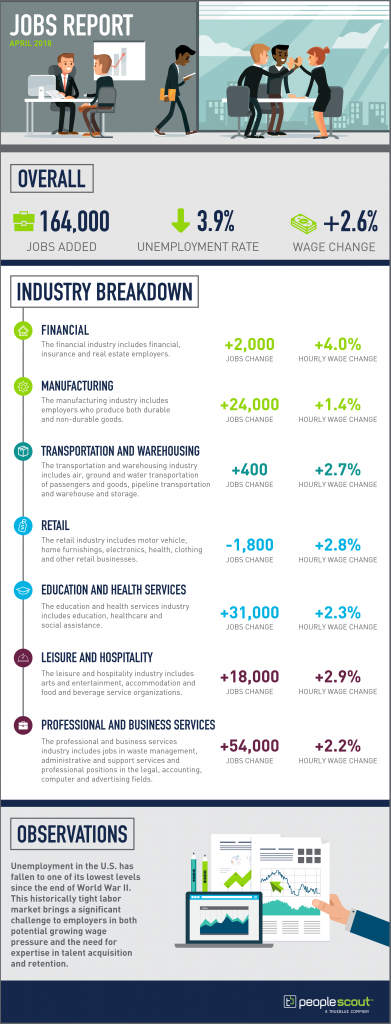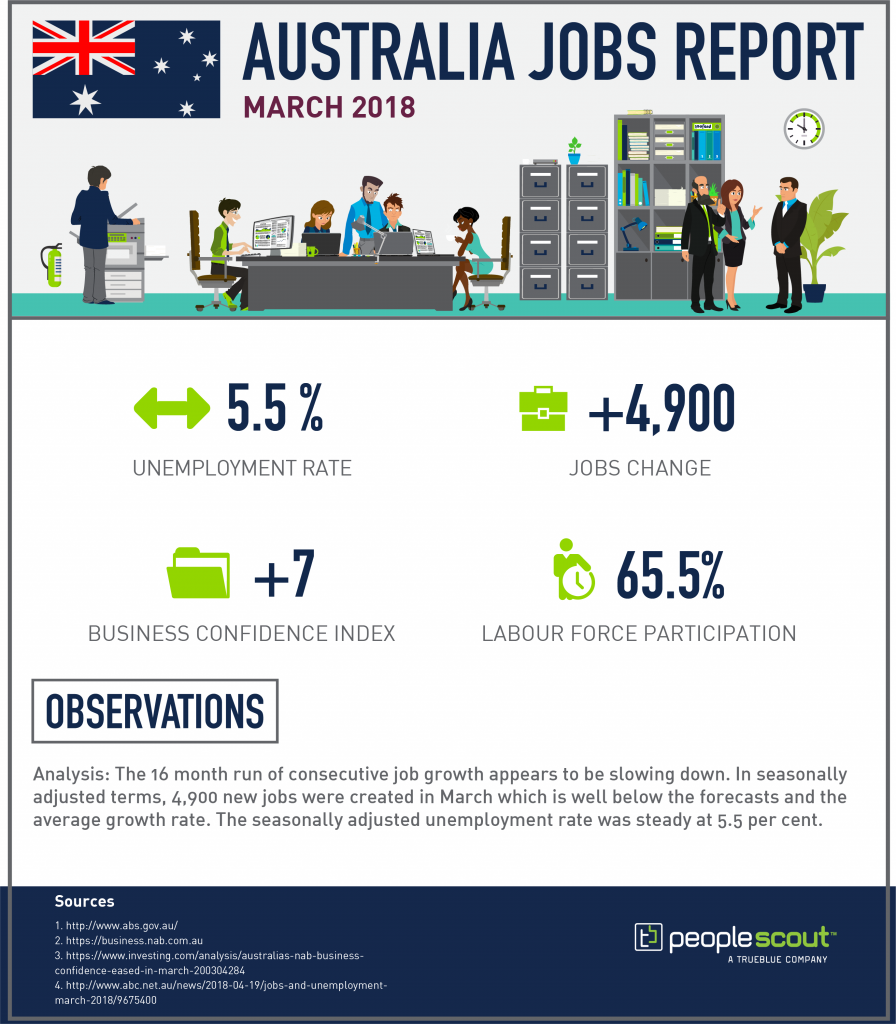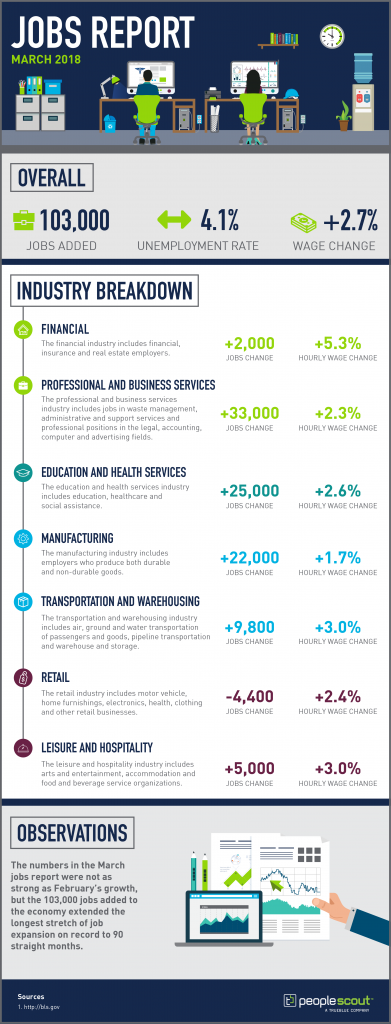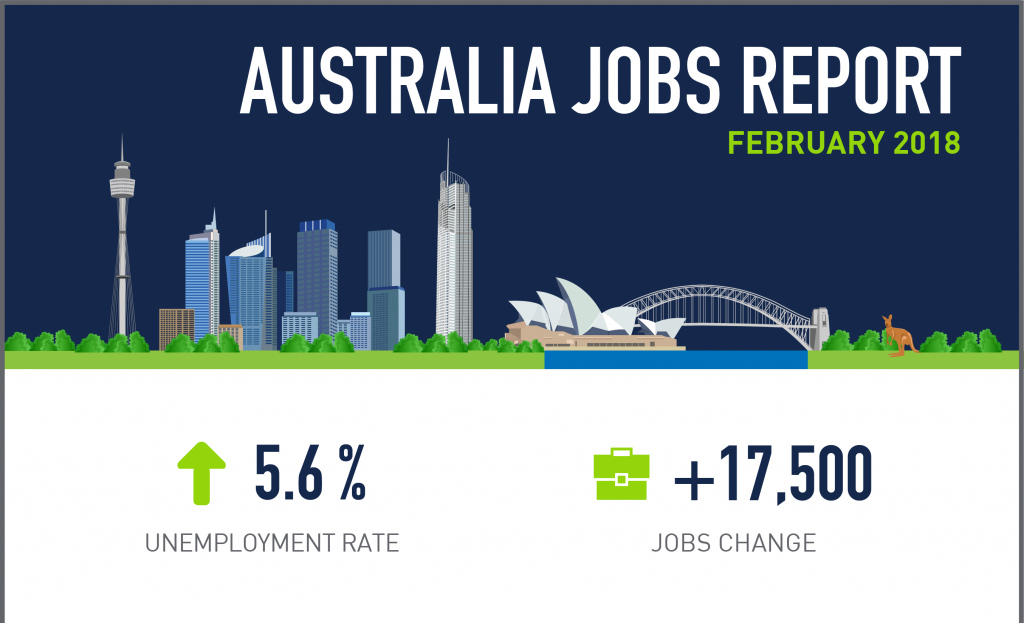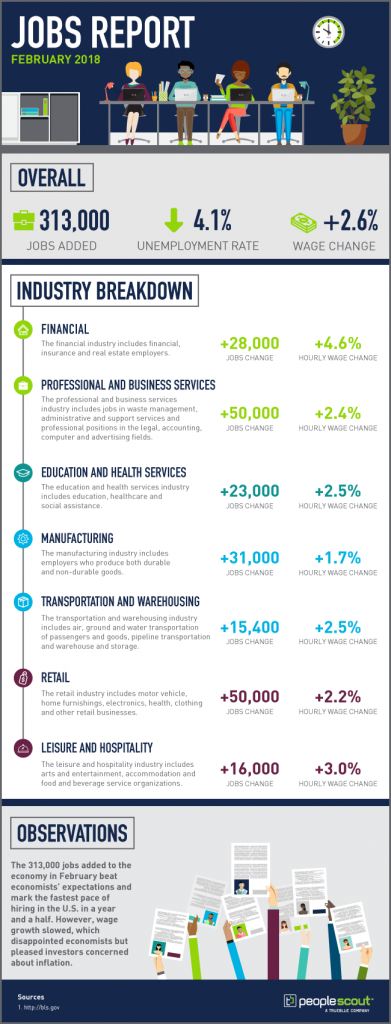In this tightening talent market with unemployment rates at record lows, predictive analytics is emerging as an essential AI tool for employers looking to stay ahead of the competition. Applications of artificial intelligence are transforming the talent acquisition process. As an AI tool, predictive analytics allows employers to use the power of data to make predictions about candidates and drive efficiencies throughout the entire talent acquisition process.
What is Predictive Analytics?
Predictive analytics is a type of data analytics that uses data to find patterns and then uses those models to attempt to predict the future. Predictive analytics can’t tell you what will happen, but it shows what is likely to happen based on past trends. It’s as close as employers can get to predicting the future.
The ability to make these predictions helps shorten the entire recruiting process while making stronger hires. In a competitive talent market, this allows employers to identify the top talent for a particular role and make an offer to the best candidates faster than the competition. For employers, this results in improvements in time-to-hire and quality-of-hire, and for candidates, it builds a better experience, leaving a positive impression that will factor into their decision to accept an offer.
Using Predictive Analytics to Improve Sourcing
During the sourcing process, predictive analytics models can identify stronger candidates more quickly and accurately than traditional methods. AI sourcing that uses predictive models can provide recruiters with a solid slate of candidates as soon as a requisition is opened, giving the recruiter a strong head start to fill the role. An AI sourcing solution that uses predictive analytics modeling can also provide the recruiter with information about how well the candidate matches the job opening and how likely the candidate is to leave their current role. With this information, recruiters are able to work more quickly and efficiently, filling the role with the best talent in less time. In the end, it saves companies time and money.
To roll out a predictive analytics sourcing tool, employers first need to establish what makes a good hire. This requires looking back into data from previous hires that demonstrates how well those hires performed. This step is critical because employers may find that the factors that predict success are not what they thought. For instance, when filling certain roles, employers may prioritize candidates with advanced degrees. However, data may show that an advanced degree is not a reliable predictor of success. Instead, industry experience or high scores on a pre-employment assessment may better predict the success of a candidate.
Once an employer has the data to identify qualities that predict success, the predictive analytics technology that’s part of an AI sourcing tool can use that information to identify candidates who match that criteria. The technology can scour social media sites, job boards, talent communities and networking and career sites to find the best talent. Using available data, the tool will make predictions about the candidate, and the recruiter can use those predictions to determine which candidates to target for more personalized communication.
As recruiters use the predictive analytics tool, they constantly feed more data into the system. This means that over time, the technology is able to learn more and make even more accurate predictions about candidate success. At PeopleScout, AI sourcing using predictive analytics is a key component of AffinixTM, our proprietary talent technology.
When implementing a predictive analytics sourcing tool, there are a few important considerations to ensure success. The first is making sure that data you use is good, accurate data. You need accurate information about previous hires, including pre- and post-hire information. Since an RPO is only engaged through the hiring and onboarding process, if you’re using an RPO to manage your talent acquisition, it’s important to share post-hire data that demonstrates whether the candidate made a strong employee. Knowing about performance or employee tenure will make predictive analytics tools more powerful. To make that data work for you, it is key that you share that post-hire data with your RPO partner.
Using Predictive Analytics to Make Your Recruitment Funnel More Efficient
In addition to sourcing, predictive analytics can be used throughout the entire recruitment process to drive efficiencies in an employer’s recruitment funnel. A recruitment funnel encompasses all of the steps between when a candidate applies for a position until that candidate is hired. At different steps in the recruitment funnel, candidates will either be eliminated from consideration or move along in the process.
For instance, in a recruitment funnel, an employer may receive 100 applications. During the initial resume screen, a portion of those candidates will be eliminated. After a phone screen, more candidates will be eliminated. The process continues until there is one candidate left and the employer makes the hire.
By analyzing the recruitment funnel, you can work backward to learn how many applicants are necessary to make one hire. To accomplish this, you need multiple data points from a large number of hires. The more data you have, the better and more accurate a prediction will be. That data will give you an understanding of what your recruitment funnel looks like now, and from there, predictive analytics technology can make the process more efficient, which means you would need fewer applicants to hire the right candidate. That turns into decreased time-to-fill and cost-per-hire, while increasing the quality-of-hire.
As in the souring process addressed above, you need to start by evaluating and analyzing existing data. Again, this is a process where the quality of the data will determine the outcome. By analyzing data about factors that can predict successful hires, the predictive analytics tool will learn what qualities make for a strong hire. Like in the sourcing process, the data may tell a story that you don’t expect about what makes a good employee. For instance, you may expect your strongest hires to come from a specific degree program at a nearby university, so you spend significant time and money recruiting those graduates. A predictive analytics tool could help identify other university programs that produce candidates who also match your hiring needs.
With the data about candidate success, you can tailor the entire application process. If the best candidates come from certain sources – job boards, employee referral programs, etc. – you can target your recruitment marketing spend to connect with those candidates and decrease or eliminate advertising that doesn’t yield strong results. When you start with stronger candidates, you need fewer applicants to make a quality hire.
Predictive Analytics Considerations
You should also ensure that your RPO partner uses a technology that is programmed to prevent discrimination and has external checks in place to be sure that isn’t taking place. The technology cannot take factors like gender, race or disability into account as it combs the web for candidates, as this could violate anti-discrimination laws. Additionally, you must take care that the technology does not learn biases from the people who use it. When used correctly, predictive analytics technology can help eliminate discrimination from the recruiting process. It is important to look at variables like race and gender to measure potential bias, but the technology should not use that information to target or exclude candidates. To help prevent discrimination, combining the technology with the intelligence of the recruiter is the differentiator.
Finding a Partner
When looking for a predictive analytics technology solution, it is important to work with a partner with deep expertise of not only the technology but the entire talent landscape. You should look for an RPO provider that can respond to the unique challenges of your industry and that has an end-to-end technology solution that can be customized to your needs.
In an industry-leading technology solution, predictive analytics should be integrated throughout the entire process so that you’re able to harness the full power of the data. If your data analytics tool in the sourcing process operates independently of the data analytics tool that operates later in your recruiting funnel, you risk losing valuable insights. PeopleScout’s Affinix combines the best recruitment technology in the industry, and fully integrates the entire process. With Affinix, our clients get the most out of their data.
When working with an RPO provider, employers will also benefit from the data that the RPO has across its entire client base and in your industry. You can use that data to benchmark and improve your own programs. To get the most out of the partnership, it is important to work out an agreement where you share post-hire data with your RPO provider. Data is valuable, and good data is what makes a predictive analytics program successful. Sharing data with your partner ensures you have the strongest possible souring and recruitment solution.
Predictive analytics should be a part of an overall talent acquisition program and a complete technology solution. To stay ahead in a tight talent market, employers should use the power of data to make better hires, faster.
